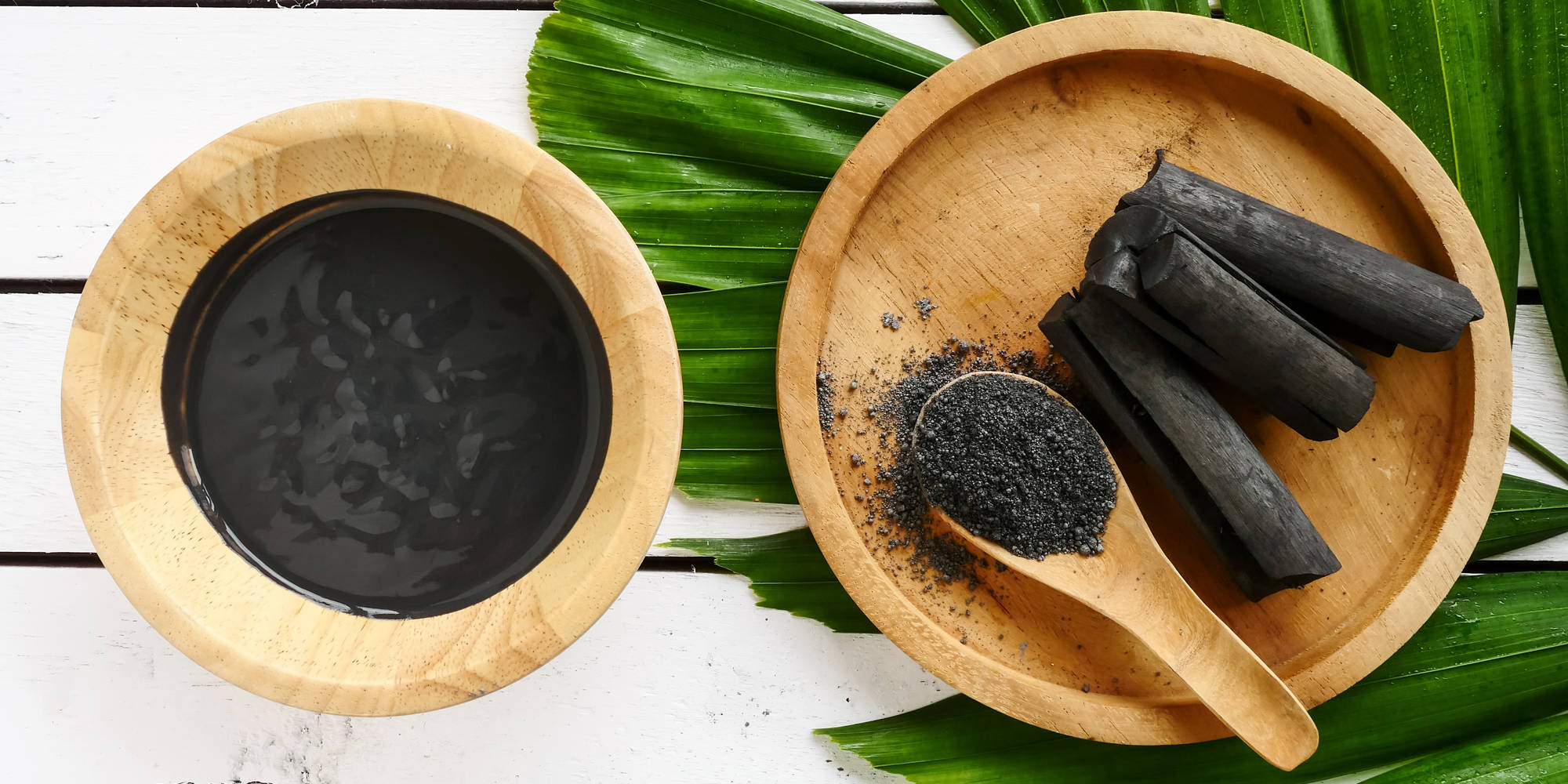How activated charcoal can benefit the environment
By Jillian Jastrzembski
Activated charcoal is an effective adsorbent for common environmental pollutants. In fact, it is an increasingly popular choice to mitigate air and water contamination.
But what exactly is activated charcoal? In this article, we’ll explain where it comes from, how it works, and how it benefits the environment.
What is activated charcoal?
Activated charcoal, sometimes called activated carbon or simply active carbon, is non-graphite carbon that has been modified to improve its adsorbent capabilities. As an adsorbent, activated charcoal is able to attract particles and hold onto them. In other words, it removes impurities, including things like pesticides, herbicides, heavy metals, phenols, and chlorinated hydrocarbons.
How does activated charcoal help the environment?
With the recent surge in environmental concerns and antipollution laws, activated charcoal is becoming increasingly important.
Although there are other options for air and water treatment, such as molecular sieves, resins, and silica, none of these are as effective as activated carbon. One advantage of activated carbon is that it can adsorb a wide range of different toxins and pollutants.
Here are some examples of environmental applications of activated carbon:
- Control of gasoline vapor emissions in automobiles
- Air filters in industrial environments
- Cigarette filters to adsorb harmful components of tobacco
- Removal of heavy metals from drinking water
- Waste-water treatment
- Mitigation of air pollution
- Clean-up of environmental chemical spills
Naturally, these are all incredibly important processes that both prevent and mitigate environmental damage and toxicity. For example, even trace levels of drinking water impurities can cause severe biological damage and health problems. This is especially true of toxic heavy metals like lead, mercury, and cadmium.
Simple metal ions such as these sometimes require specialized modifications of activated charcoal to be effectively removed from solution. That’s because activated charcoal, without chemical modifications, is a relatively hydrophobic material. To be an effective filter for drinking water, it is “impregnated” with other chemical reagents. We’ll discuss more about how this works below.
How is activated charcoal made?
Technically, activated charcoal can be made from any substance that has a high concentration of carbon – usually a hard, dense material such as bone, wood, nutshells, or charcoal. That’s already one point for the environment: activated charcoal can be derived from waste materials and biproducts.
What makes it activated charcoal instead of just regular charcoal? The charcoal is processed in such a way that enhances its microcrystalline internal porosity. This dramatically increases its surface area and reactivity, allowing it to adsorb impurities more effectively from the environment or sample.
There are different activation protocols, including both chemical and physical methods. The processing method depends on both the starting material, as well as the desired end-product, which can be granular or powdered. The process may require high temperatures, up to 1000 ℃.
Although additional chemical treatments may also contribute to its adsorption capabilities, the huge surface area of activated carbon is by far its most important property. The surface area of activated carbon can be as high as 2000 m2/g. However, chemical properties can also come into play for many applications.
How does activated charcoal work?
The huge surface area of activated charcoal gives it the superpower of high adsorption. What exactly does that mean?
When an adsorbent is brought into contact with a gas or liquid, certain molecules or impurities will “disappear” from the sample. They are being held on the outside of the solid adsorbent material. This is slightly different from absorption, in which the contaminant molecules are taken in or absorbed inside the solid material.
Adsorption can happen via a physical or a chemical process. In physical adsorption, the molecules are being held to the solid by the attractive power of van der waals forces, a throwback to Chemistry 101. In other words, the chemical structure of the particles remains intact. No chemical bonds are actually broken or formed. This is a reversible process.
In chemical adsorption, there is a change in the actual chemical bonds. This is a much more powerful interaction. Chemical adsorption can be enhanced by further modifying the activated carbon with chemicals that will encourage the desired chemical reactions. As we mentioned, this could be important for removing heavy metal ions from drinking water.
Factors that affect the effectiveness of activated charcoal include:
- concentration of the solution
- pH of the solution
- surface area of the activated charcoal
- chemical nature of activated charcoal (based on additional modifications)
Other applications of activated charcoal
The most typical use of activated charcoal is solution purification. This includes the removal of undesired odorants or particles from solution. One example of this is the use of activated charcoal during processing of CBD oil, for the removal of chlorophyll.
In a nut-shell (that was used to make activated charcoal)
Activated charcoal is becoming increasingly useful as a way to prevent and mitigate environmental pollution. It is a highly effective adsorbent material that can be derived or recycled from most high-density, high-carbon materials. Thanks to its high surface area and chemical versatility, activated charcoal can be used for a wide variety of environmental applications.
References
Lazarjani, M.P., Young, O., Kebede, L. et al. Processing and extraction methods of medicinal cannabis: a narrative review. J Cannabis Res 3, 32 (2021). https://doi.org/10.1186/s42238-021-00087-9
Mohammad-Khah, A., and R. Ansari. “Activated charcoal: preparation, characterization and applications: a review article.” Int J Chem Tech Res 1.4 (2009): 859-864.
Tzima, Katerina & Brunton, Nigel & Rai, Dilip. (2020). Evaluation of the impact of chlorophyll removal techniques on polyphenols in rosemary and thyme by‐products. Journal of Food Biochemistry. 44. 10.1111/jfbc.13148.
< Back


